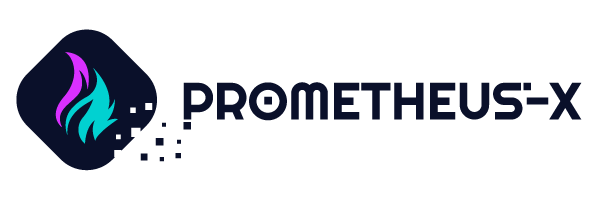Refining Personalized Learning Through Learning Analytics: A Vision for Democratized Education
In today’s rapidly evolving educational landscape, the concept of personalized learning has become a beacon of hope for teachers and learners alike. Personalized learning, recognized for its efficiency, tailors educational experiences to individual learners’ needs, interests, and learning styles.
This article explores the emerging field of learning analytics as a means to personalize education at scale, addressing its definition, utility, and unique features.
What is Learning Analytics in the Context of Personalized Education?
Learning analytics refers to the measurement, collection, analysis, and reporting of data about learners and their contexts, for the purpose of understanding and optimizing learning and the environments in which it occurs. In the realm of personalized education, learning analytics is pivotal in developing customized learning plans and activities based on individual learner profiles. This approach leverages advanced artificial intelligence and automatic data collection techniques to facilitate a cost-effective, scalable model of education.
Utility of Learning Analytics in Personalized Education
The primary utility of learning analytics in personalized education lies in its ability to make learning more efficient and inclusive. By enabling the creation of personalized learning pathways, students can progress at their own pace, focusing on areas needing attention and bypassing content they have already mastered. This efficiency not only optimizes time and resources but also enhances learner engagement and retention. Furthermore, learning analytics supports the lifelong learning paradigm by ensuring the continuous availability and portability of learning records across educational and professional stages.
Distinctive Features of Learning Analytics
The distinctive feature of learning analytics in personalized education is its capacity to integrate diverse data sources to provide comprehensive insights into learner behavior and needs. This integration occurs within a secured, interoperable framework that respects data privacy and adheres to regulatory standards such as the GDPR. Learning analytics distinguishes itself by transcending traditional educational models to include real-time data collection, which offers immediate feedback and delayed recommendations that collectively enrich the learning experience.
Implementation and Challenges
The implementation of learning analytics within educational systems involves multiple stakeholders, including public bodies, educational institutions, employers, and edtech companies. Each entity contributes to the rich tapestry of data essential for refining learning analytics. Despite the promise, several challenges persist, primarily related to data privacy, the diversity of data models, and the integration of learning activities that span both physical and digital realms. Overcoming these challenges requires robust technical solutions and cooperative frameworks that facilitate data sharing and interoperability.
The future of learning analytics is poised for significant expansion as new technologies like virtual reality (VR) and augmented reality (AR) become more prevalent, further diversifying the types of learning activities and data available for analysis. The development of a European dataspace by Prometheus-X, as outlined in the proposed use case, symbolizes a critical step towards distributed learning analytics with broad impacts across the educational spectrum.
Learning analytics holds the key to unlocking personalized education at scale, offering profound benefits for learners, educational institutions, and societies striving for inclusive, efficient learning ecosystems. As this field evolves, it will continue to reshape how education is delivered, ensuring that it remains aligned with the individual needs and potential of each learner.
